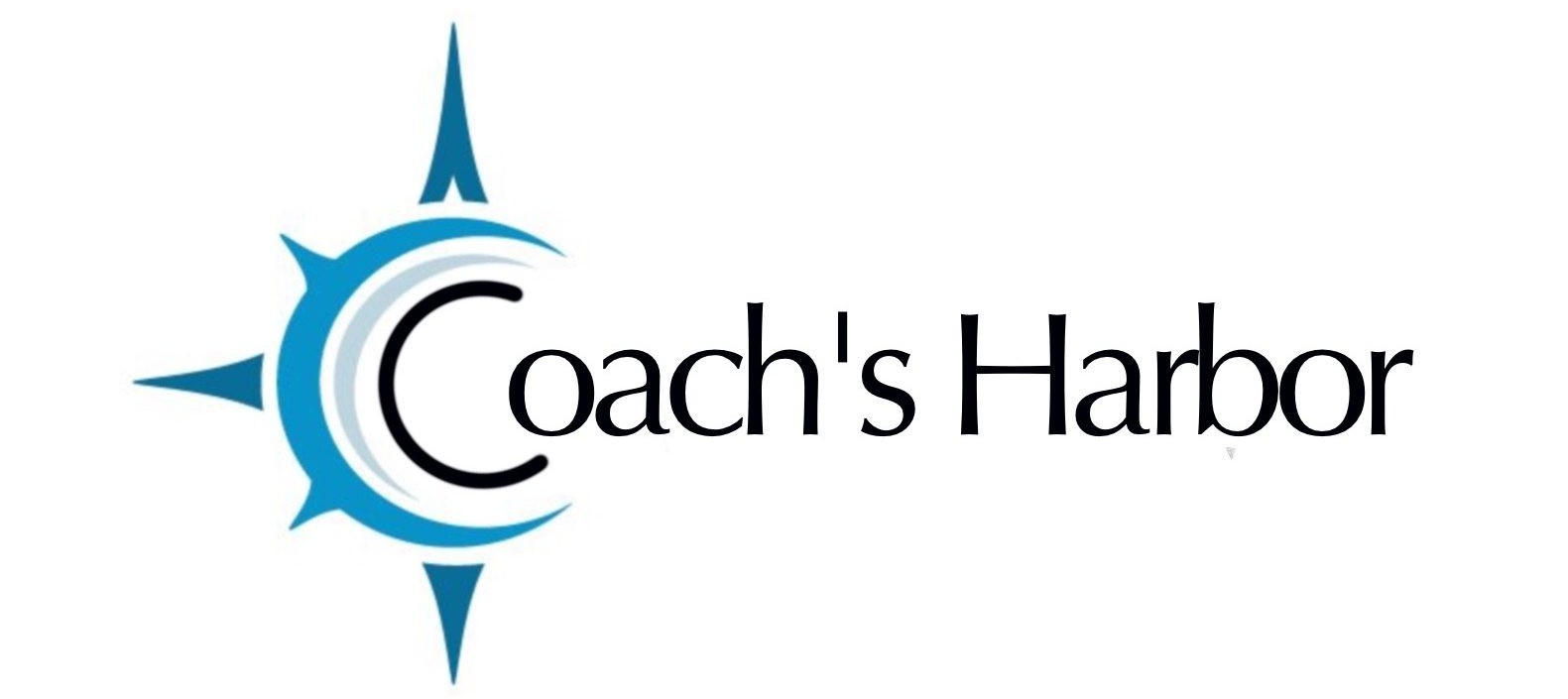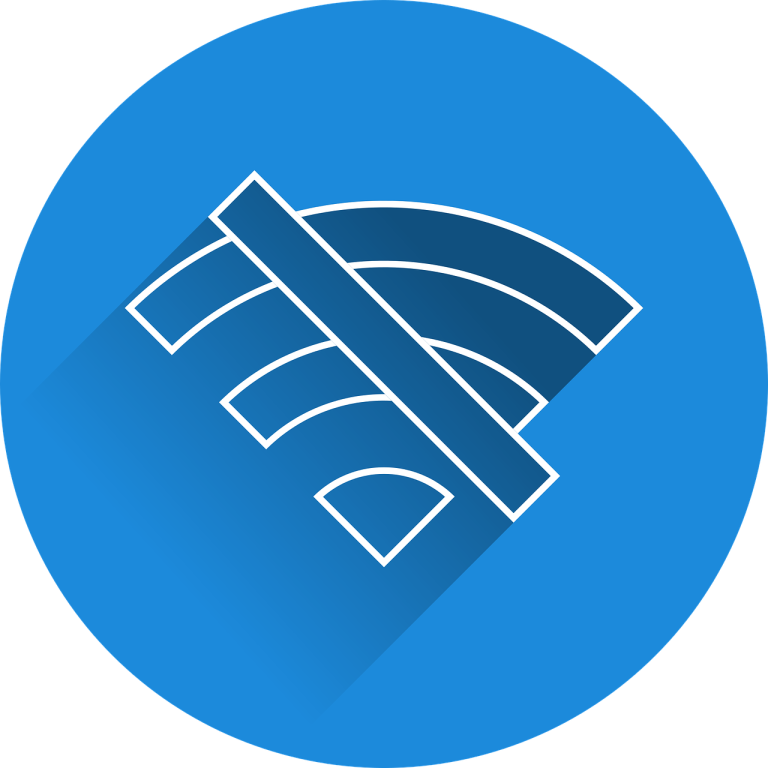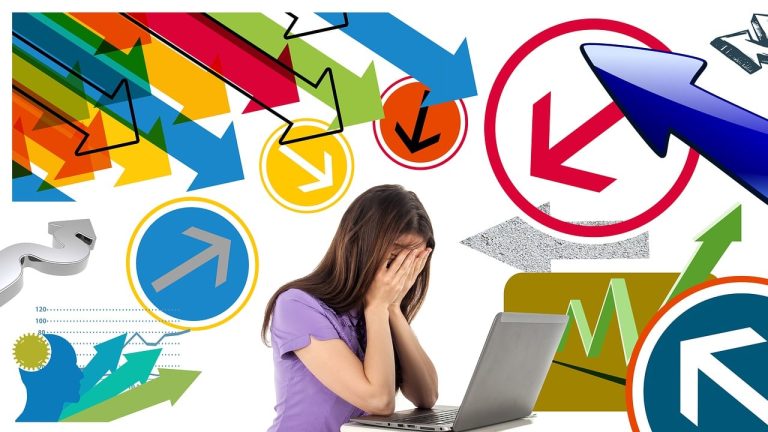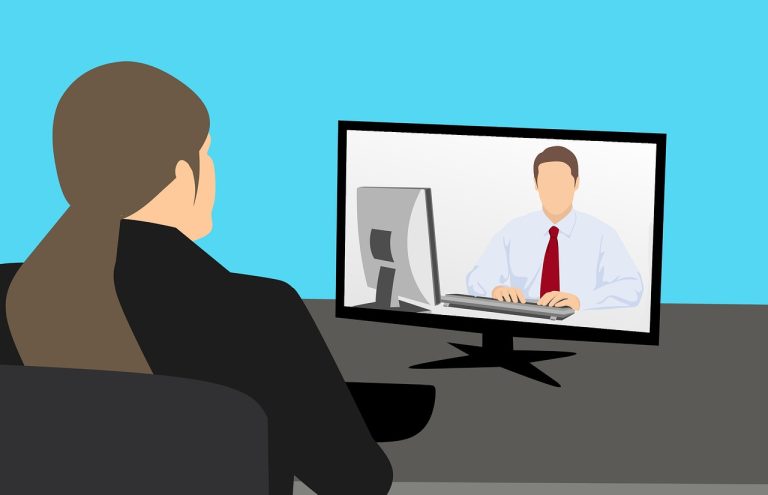21 Ideas to End Your Fear of Public Speaking
Fear of public speaking seems to be universally man’s greatest phobia—ahead of even fear of death, according to Psychology Today. Yet glossophobia can be overcome (or at least, greatly reduced).
If you are determined to overcome this particular phobia, make full use of the following twenty-one tips to help you achieve your goal as painlessly as possible.
Speak Often and Regularly
People who never overcome a fear of public speaking are also people who try to avoid it as much as possible. As a result, their speaking gigs are few and far between. As a result, they don’t build on previous successes or grow comfortable through repetition. Every time they have to speak in public, they feel as if they are starting over again from square one—and emotionally, they are.
Create a speaker schedule for yourself. Host a podcast or monthly webinar. Do Facebook Live videos. Volunteer to give talks at your local business organizations, non-profit clubs, colleges, schools or university. Space them out so that at least once a week, you’re talking to someone, somewhere.
This is the quickest and most powerful way to permanently knock the edge of your fear of public speaking and bring it to an enjoyable, comfortable state.
Make Breathing Your Best Friend
One of the biggest favors you can do for yourself is creating a routine to slow and deepen your breathing before you go live or step out on stage, because nervousness is physical, and using a breathing routine breaks the fear cycle.
Our bodies respond physiologically, as well as emotionally to stimuli. When you are about to speak on stage, your heart may race, your palms will sweat. You might feel shortness of breath, constriction in your throat—all the symptoms of a severe anxiety attack, in fact.
Slowing and deepening your breathing (doing pre-speech breathing exercises) changes this physical fear response. Your body will calm down before your mind does! And what is even better, your habit—your slow-breathing, pre-speech routine—will ‘cue’ your body and your emotions to calm down and function, every time.
Ditch the Visuals and Go for Paper
While human beings seem to universally enjoy visual stimulation, don’t rely on props to make your talk interesting. If your fear of public speaking is compounded by or created by a fear of tech glitches, ditch the PowerPoint presentation you’ve been angst-ing over, and instead hand out Worksheets or Checklists—something tangible and helpful they can physically take away with them.
Handing them out before the presentation and asking people to refer to certain portions of your handout is a low-tech way to create engagement and interaction… but if you prefer to hand them out afterwards, invite people to take notes but let them know you’ll have a ‘takeaway’ handout, so they can focus on and enjoy the speech.
Loosen Up with Music
One technique that works well for athletes as well as anyone who has to go onstage: Listen to a ‘playlist’ of music designed to energize or relax you (according to your unique, particular need). In addition to being able to help you get into the appropriate relaxed or energized state, music triggers endorphins from the ‘pleasure center’ of your brain, distracting you from non-productive thoughts and getting you into a ‘Zen’ state.
Start with a Story or a Question
It’s just like writing an article. You want to ‘hook’ your audience members straight away. Yes, by all means warm up the room a little, if you’re the only presenter and people are still filtering in, but once you start your presentation—grab ΄em!
Finding the right question—one that they urgently want the answer to and have perhaps been asking themselves—is a powerful way to get your audience’s attention. And telling a quick story or anecdote also engages their emotions.
These are two power-house techniques that you can easily build into any speech or presentation, so use them!
Make it Fun
No, you’re not giving a ‘lecture’ (no matter what the organizers want to call it): What you’re doing is interacting with a large bunch of like-minded people. Let them know you are human. Tell mini-anecdotes to illustrate points. Help them to identify with situations and solutions you talk about. Make it feel more like a conversation than a ‘lecture’, and help them to identify with you too.
Find the Right Tools—and Helpers
It’s important to use props and tools that work for you—not cause more stress and fear. If technology scares the socks off you, either go low-tech or take along someone to manage that slide show for you.
If you like using whiteboards, use one… even if all the other presenters are going with screen sharing and slide presentations. The important thing is not the fancy bells and whistles you’re using: It’s the story and the point you are getting across!
Exercise Before Your Speech
We don’t mean do aerobics and get all sweaty, but going for a short, brisk walk before your speech is a great way to get all your cells oxygenated and working—and sharpening your brain.
It can also help you walk off nerves and energize yourself in the right way. (Just leave yourself adequate time to make it back to the place you need to be!)
Leave Your Insecurities at the Door
While we all want to imagine people hanging on our every word, the reality is that people are a varied bunch, going through as many internal and physical shifts as we do, so don’t let audience reactions trigger more fears.
You’ll get the guy who yawns, the two that whisper together, one that looks bored out of his skull, one who is staring at the floor… The fact is, you have no idea what each one is really thinking. The guy staring at the floor might be concentrating intensely because he’s an auditory learner. The guy who looks bored might be concentrating on not passing out from the migraine he’s dealing with. The yawner might have been up all night with a colicky newborn.
And not one of them might be thinking, “Gee, she sucks!”
Smile
It’s a simple tip, but almost every expert in public speaking will tell you that smiling before and after you go ‘onstage’ (or live, online) can help relax you, as well as create a connection with your audience. So make sure you walk on with a smile.
Using “What Happens Next”?
If you do freeze up mid-story or speech, take a second to calm your breathing and ask yourself, “What Happens Next”? (Hint: The ‘what happens next’ approach works especially well for people who prefer memorizing their entire presentation.)
Don’t Try to Ignore Hecklers
Thankfully hecklers are few and far between in the average coaching presentation, but if you get one, it is not the end of the world. In fact, if you handle it the right way, it can actually bolster your authority and reputation.
A heckler can range anywhere from someone yelling outright insults to someone who just rolls their eyes at you and pulls skeptical faces. Unless they’re so out of control that you need to call security for everyone else’s sake, it’s usually better to call hecklers on their attitude—not in a combative way, but acknowledging their possible objection—and dealing with that objection proactively, on the spot—just as you do in sales letters.
(Example: “I can see that some of you are having trouble accepting how easy this is—and if you need further clarification, please do ask me in the Q&A—but a year ago, I would have had trouble believing how easy it was too…”)
Acknowledgement disarms people, and creates transparency.
Watch Your Pacing
If you normally have a reputation as a fast talker, work on deliberately slowing down when you give presentations. If you know you tend to talk slowly (or you’ve noticed this, when you play back recordings of yourself speaking), then make a conscious effort speed up to a faster pace.
Your delivery should be energizing but clear. Keep practicing, record yourself while you practice—and play back, to note any improvement.
Keep at it till you don’t put yourself to sleep or make your own mind wander!
Understand the Power of the Pause
Experienced speakers have a secret weapon—the Pause. There can be all types of pauses for all types of reasons. A pause to make people sit up and recall their wandering attention; a pause to create suspense or anticipation; a pause to ‘cue’ your audience that you’re about to say something important.
Think about it: If you read page after page of heavy text, with no paragraph breaks, your eyes would soon grow tired and you’d give up, bored. It’s the same with listening to presentations. Your pauses are the “white space” that helps people keep focused on what you want them to—on the points that are important between the ‘spaces’.
So use your pauses wisely, and make them work for you.
Don’t Fear Mistakes
So you say a wrong word, or pause too long, or your mind goes blank in the middle of the presentation: It’s not the end of the world. People are usually sympathetic rather than judgmental, and if you cheerfully acknowledge obvious mistakes—even pass it off with a smidgen of humor—you can get yourself quickly back on track, with no harm done.
Use Checklists
Create a general pre-presentation checklist for yourself for both types of presentation—offline and on.
And if you are going to do a presentation that is significantly different (for example, going out of town to speak at your first major conference) create an extra checklist specifically for that event and situation too.
Water is Your Friend
Not only for hydrating you while you are dealing with a mid-speech dry mouth, but as a handy cover-up when your mind goes blank. Usually, you will find that the pause you take to sip your water not only looks natural, but allows you to figure out ‘what happens next’ and get back into your stride—but keep it away from electronics!
Use Follow Up Sheets for Local Events
Enlist people who arrive early for your workshop as volunteers. Get them to hand out your follow up sheets as soon as you inform your audience that you’ll be giving them sheets you’d appreciate if they’d fill out at the end of your presentation.
Acknowledge your helpers and thank them as they are giving out the sheets (make sure you remember their names!)
And ask right on the follow up sheets that people fill in their names and contact info, if they want to be ‘kept informed of future workshops’ by you. (That’s permission to put them on your mailing list!)
Watch What You Drink, Mid-Presentation
Water is your best friend, if you are using it to prevent a dry mouth. Avoid milk—it causes mucus. Avoid carbonated drinks that make you burp. Don’t drink orange juice: Some people actually find it creates more mucus than milk.
And if you do drink water, make sure it is room temperature: Not ice cold. (Ice cold water can make you cough!)
Study Other Speakers
Listening to TED Talks is a great way to start. Listen to recordings of workshops, seminars and webinars given by your favorite coaches and other influencers. (There are plenty on YouTube.) Make notes on techniques that work, when the speaker pauses, what effects the pauses have; whether or not the pace is too fast or too slow; and more.
Studying top-notch speakers is a great way to get in the public speaking mindset—and pick up some great techniques and tips
Remember That It Only Gets Better
If you schedule yourself to speak regularly—from the smallest event to the largest, it really doesn’t matter, as long as it’s regular—you will find that you grow less and less nervous before every event.
In fact, you’ll come to see your “fear” as excitement and use it to energize yourself. That’s when public speaking becomes one of life’s biggest ‘highs’!
And if you do have the odd bad night—because after all, a presentation consists not only of you, perfect though you may deliver it—it also consists of what the audience brings to you—then don’t beat yourself up. Tell yourself, with absolute truth, that “it only gets better, every time I speak!”
Making the decision to overcome a very natural fear of public speaking can feel like one of the biggest leaps you can take. But approach it like a true professional, do your best to deliver value and help your audience, and you will also find that, emotionally and financially, it can bring the greatest rewards too.








